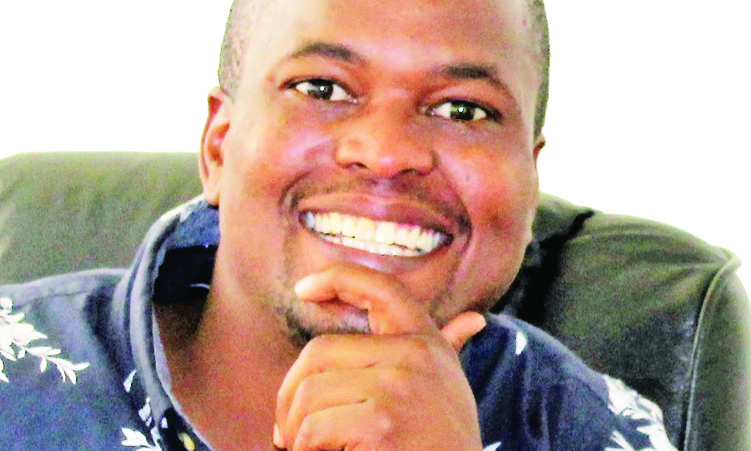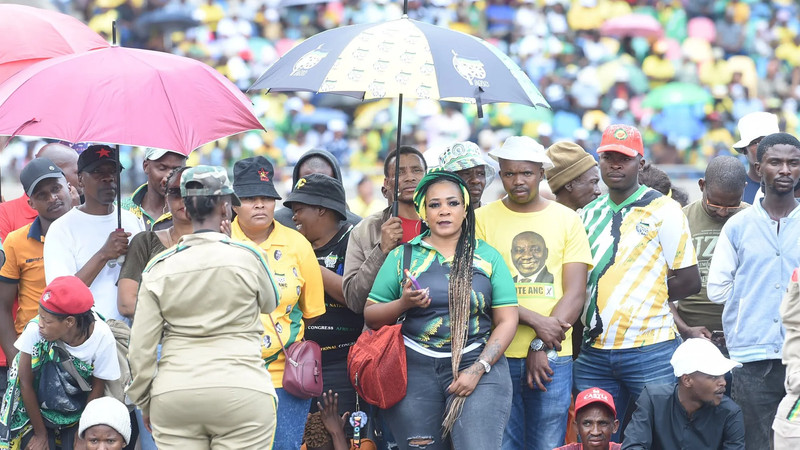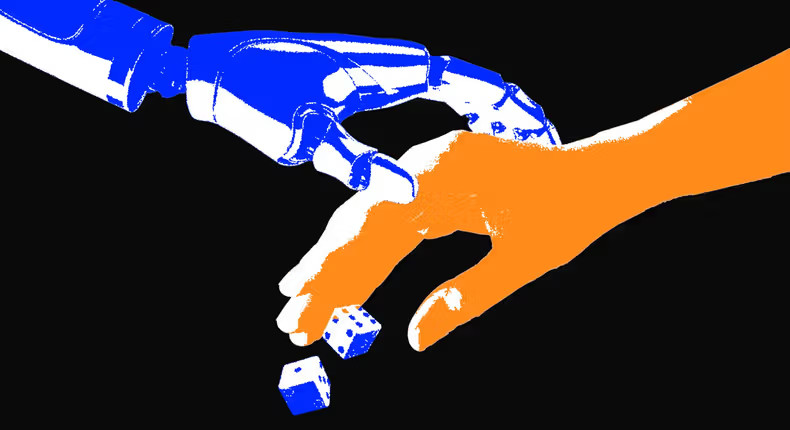Street photography in the Old City is a unique experience. Its winding alleys and ancient walls are not just backdrops but part of the narrative.
While Jerusalem’s Old City has its landmark marvels – the Western Wall, the Dome of the Rock, the Church of the Holy Sepulchre – we’re not here for the postcard-perfect shots every tourist takes.
Today, we’re focusing on its people: a kaleidoscope of clothing, faces, and interactions that tell the real story of this ancient crossroads.
Street photography in the Old City is a unique experience. Its winding alleys and ancient walls are not just backdrops but part of the narrative. Life here pulses through the Jewish, Christian, Muslim, and Armenian quarters, each with its own rhythm and character.
People flow through the city, carrying baskets, guiding tourists, praying, or chatting in shaded corners.
With patience and observation, you can authentically capture these slices of life.
Of all the genres of photography, street photography can be the most challenging. Pointing a camera at a perfect stranger is intimidating—for both the person being photographed and the photographer. A delicate dance must be practiced, but once mastered it can lead to truly memorable photographs.
I was trained as a street photographer in Paris, the epicenter of the street photography movement. One essential technique I learned there works just as well in the Old City of Jerusalem: Pick your spot and stay there. Choose a location with interesting lighting and a background that frames your subject beautifully. Then, wait. The right person will eventually pass through, and all that’s left is to lift your camera and click. No rushing, no need to frantically adjust your focus – everything is prepared in advance.
A nod and a smile
It’s important to remember that while the Old City is fascinating, its people are not props for your photos. They are individuals with lives, boundaries, and stories of their own.
Always approach your subjects with respect. A friendly nod or smile can often create a moment of connection that makes for better photographs. And if someone prefers not to be photographed, honor his wishes—it’s all part of the unwritten rules of street photography.
Capture the soul, not just the scene
What makes a great street photo isn’t technical perfection but the emotion it conveys. The Old City offers endless opportunities to capture quiet moments of reflection, bustling energy, or even the tension of its diverse inhabitants sharing the same space. Look for gestures, glances, and interactions, observing body language or anticipating moments of interaction that tell a story.
Let the Old City guide you. Its labyrinthine streets lead you to the unexpected, where the best shots often hide. With patience, respect, and a keen eye, you and your camera will capture not just images but the essence of this remarkable place.

Boys will be boys
The photo captures a candid moment of three boys, each with a distinct expression and posture. The boy facing the camera has a reflective, almost melancholic gaze, which draws the viewer in emotionally. The other boys are drawn to the legs of young female passersby.
The triangle formed by the boys’ heads creates a natural flow, keeping the viewer’s eye moving within the frame. The inclusion of the bright blue bag adds a pop of color and serves as a secondary focal point, balancing the composition.

Two friends meeting
This photograph is an example of using light, patience, and a good vantage point to capture a meaningful and culturally rich moment. The picture is of two women sitting on a bench at the entrance to the Church of the Holy Sepulchre. I sat on the opposite bench for hours, waiting for interesting subjects to sit opposite.
The woman on the right becomes the focal point due to her upright posture and illuminated face, while the woman on the left adds intrigue with her turned head and partially obscured features.
The dim lighting highlights the textures of the stone walls, the wood bench, and the women’s clothing, adding depth and drama to the scene. The women’s attire and the setting immediately situate the photo within its cultural and spiritual context.

Old City delivery
The image tells a story, capturing a candid moment of interaction in the Old City. The delivery of groceries and the young boy’s bicycle juxtapose labor and youthful curiosity, showcasing the diversity of people in the alley. The two men in traditional Orthodox Jewish attire, and the Arab boy in contemporary clothing highlight the multicultural tapestry of Jerusalem’s Old City, adding depth and richness to the image. The slightly downward angle of the cobblestone street adds a sense of movement and context. The sloping path naturally leads the viewer’s eye through the frame, creating a dynamic and engaging composition.
Final thought: Why street photography matters
Street photography is more than just capturing images – it’s about telling stories connecting us to a place’s heart. In a location like Jerusalem’s Old City, where ancient history and modern life intersect, every photograph becomes a window into the diversity of human experience. The people here – merchants, pilgrims, children, neighbors – each carries the weight of a thousand untold stories woven into the narrow stone alleys and sunlit courtyards.
While photographing in the Old City, I realized that the best shots often come when you stop searching and start listening – to the rhythm of footsteps on cobblestones, the hum of markets, or the quiet moments of prayer. The city has a way of guiding you, revealing its secrets when you’re patient enough to wait. I’ll never forget one late afternoon, sitting near the Western Wall, camera in hand but unmoving. A man paused in the golden light, adjusting his hat, the timeless stone walls behind him glowing. It lasted just seconds, but in that fleeting moment the history and humanity of the Old City seemed to converge into a single frame.
That is why street photography matters. It’s not just about documenting what you see – it’s about honoring the fleeting, everyday moments that might otherwise go unnoticed. It reminds us that a universal truth lies beneath the surface of every face, gesture, and interaction: We are all storytellers, even if we don’t realize it.
As you venture into the streets of Jerusalem – or any place your travels take you – remember that your camera is more than a tool. It’s a bridge. It allows you to capture the scene and the soul of a place. ://esbecgroup.com/unyielding-spirit-hezbollah-supporters-defy-israeli-threats-in-beirut/” data-wpil-monitor-id=”1844″>Israel. His work has been featured in Landscape Photography Magazine and Lens Culture Magazine. To view his work, go to https://jaygarfinkel.zenfolio.com/ © 2025 Jay Garfinkel










